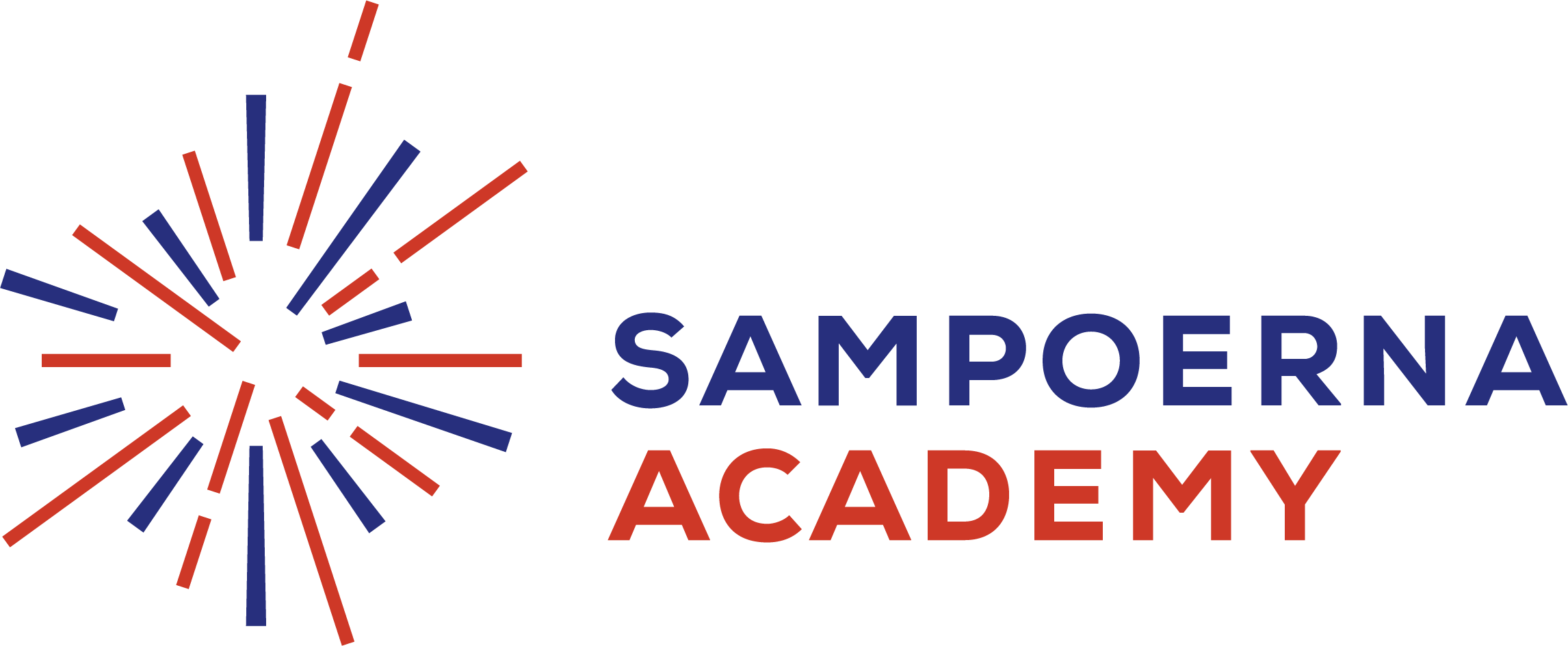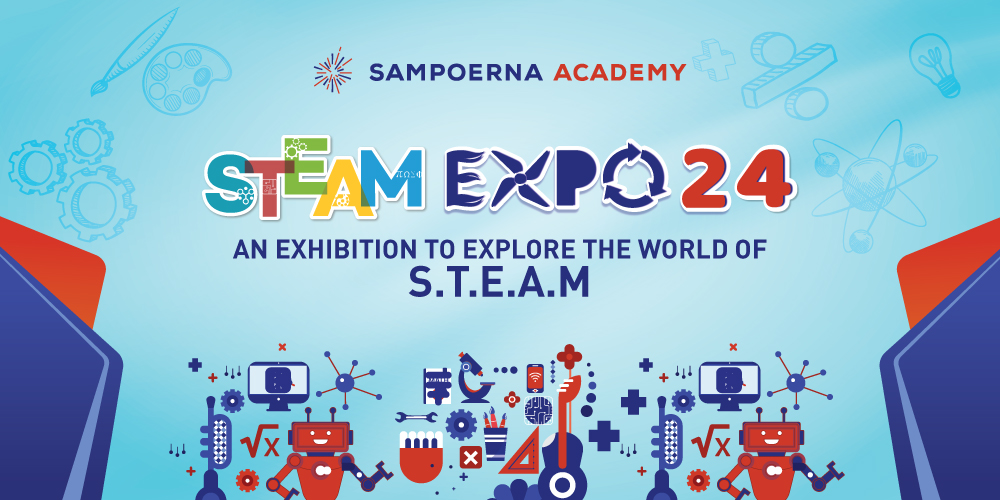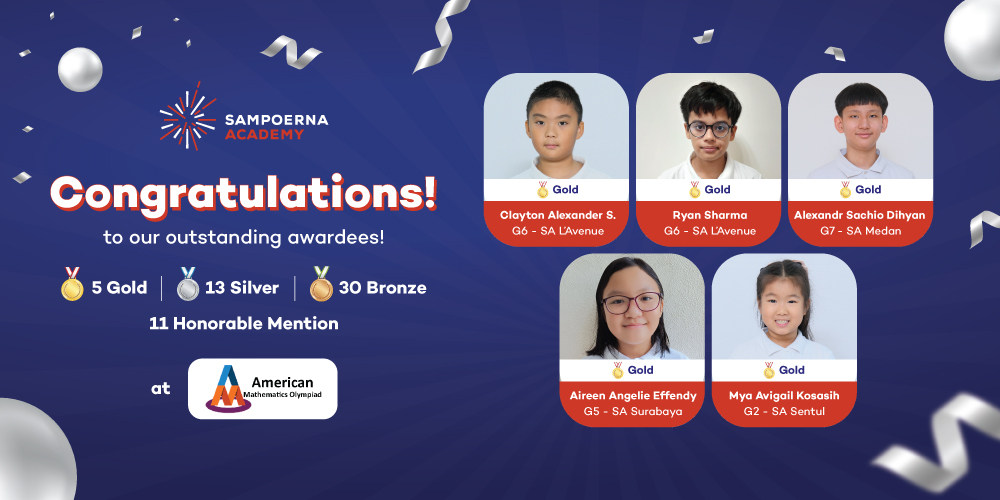Students at Sampoerna Academy are exposed to innovative and creative learning experiences through the STEAM Method. One of the key components of this approach is the Engineering Design Process (EDP).
This process enables students to come up with ideas and develop a plan to create projects that are both practical and imaginative. In this blog post, we’ll explore how the EDP in STEAM Method is used to help Sampoerna Academy students design exciting projects. We’ll look at the various steps involved in the process, and how it encourages creativity and encourages students to think outside the box.
What is the EDP?
The Engineering Design Process (EDP) is a process used to design and create solutions to problems. It is also known as the Design Thinking Process or the Creative Problem Solving Process. It is a cyclical process that begins with an idea, followed by research and analysis, before culminating in a design solution.
The EDP encourages students to think creatively and critically while brainstorming, analyzing data, and exploring potential solutions. It is a process that emphasizes collaboration and communication between the stakeholders involved, including designers, engineers, and users.
The ultimate goal of the EDP is to create an effective, efficient, and aesthetically pleasing design that meets the needs of its users. This process can be used in any field of engineering or design, such as software engineering, robotics, and product design.

What are the steps of the EDP?
Engineering Design Process (EDP) is a method used to plan and design projects. It is a cycle of stages that help engineers and students think through the problem and come up with the best solution. The EDP is widely used in STEAM-based activities and engineering projects at Sampoerna Academy.
The steps of the Engineering Design Process include:
- Understand the Problem: Identify the problem and do research on it to better understand the challenge.
- Brainstorm Ideas: Brainstorm potential solutions, try to come up with multiple ideas, and determine which are feasible.
- Plan and Design: Once a feasible solution has been determined, create a plan or design to test out the concept.
- Test and Evaluate: Test the solution and evaluate the results.
- Redesign: If necessary, redesign the solution to improve it based on the test results.
- Share: Share the solution with others to get feedback and refine it further.
By following these steps, engineers and students are able to systematically go through the process of designing their project, ensuring they come up with the most effective solution possible. This methodology helps promote creativity and encourages experimentation in order to reach an optimal result.

How do Sampoerna Academy students use the EDP?
At Sampoerna Academy, students learn to use the Engineering Design Process (EDP) as a creative tool to solve problems and develop innovative solutions. The EDP is used by students to plan out their projects, design prototypes and test their ideas in a methodical and logical way.
The first step of the EDP involves identifying the problem or goal of the project. This helps students focus their attention on a specific area and also encourages them to ask questions and think critically about the project they are working on.
After the problem has been identified, the next step involves brainstorming ideas and generating possible solutions. Students at Sampoerna Academy use various tools such as drawing, simulations and other forms of technology to come up with innovative solutions for their projects.
Once a solution has been selected, students use the EDP to further refine their project plans. They will create a detailed design, develop a prototype and then test it to make sure it meets the project requirements. Throughout the entire process, Sampoerna Academy students are encouraged to think critically, take risks and challenge themselves.
By utilizing the EDP, Sampoerna Academy students are able to create complex projects that solve real-world problems. These projects help them develop skills in science, technology, engineering, arts and math while teaching them how to think creatively and solve problems using an organized approach.

What are some examples of projects that have been designed using the EDP?
At Sampoerna Academy, the Engineering Design Process (EDP) has been used to design creative and innovative projects across a range of disciplines. The EDP helps students develop an iterative approach to problem solving and builds upon their STEAM education.
For example, as part of an environmental science project, students used the EDP to design an air quality monitor. Through the process, they developed their understanding of air pollution, researched available technology, built the device, and tested it in different environments.
In another project, students used the EDP to design a simple robot. Through this process, they learned about robotics, coding, autonomous systems, and more. They built a prototype and tested it on a track to ensure its safety and reliability.
Finally, in another example, students used the EDP to design and construct an energy efficient home. This required researching sustainable building materials and designing energy efficient features such as windows, roofs, and walls. After constructing the home, they tested its energy efficiency by conducting experiments and measuring results.
These examples demonstrate the power of the EDP at Sampoerna Academy and how it can be used to design creative and innovative projects. By using the EDP, students are able to develop their STEAM skills and apply them in real-world contexts.

Bring EDP System to the Future
At Sampoerna Academy, we believe in the power of STEAM learning and its potential to prepare students for the future. Our program is designed to provide a comprehensive, hands-on approach to STEAM education and the Engineering Design Process (EDP).
Through the EDP, students learn essential problem solving and critical thinking skills which will give them an edge as they pursue their career goals.
At Sampoerna Academy, students are supported by experienced and knowledgeable instructors who are committed to helping them reach their full potential.
Our curriculum is designed to provide a balanced approach to STEAM learning, allowing students to experiment with different approaches to solving problems and developing creative solutions. In addition, our faculty works closely with students to ensure they understand each step of the EDP and how it can be applied to their projects.
If you’re interested in preparing your child for a successful future and providing them with the knowledge and skills necessary for success in the STEAM field, consider enrolling them in Sampoerna Academy.
Our program offers the highest quality education with a personalized approach, ensuring that each student is able to explore their unique interests and develop their skills. Invest in your child’s future today and join Sampoerna Academy!
Ready to get started? Schedule a visit to our campus in your nearest city. We look forward to having you join our growing community of learners!
For further information regarding registration, curriculum, visits, and information about Sampoerna Academy, please fill in the data below.
[formidable id=7]





